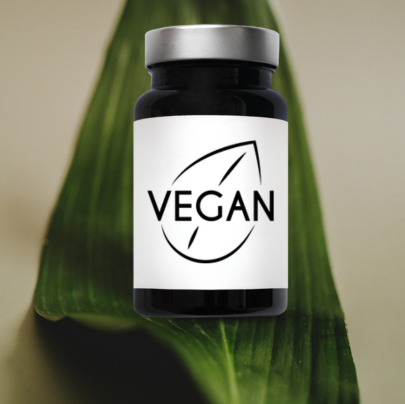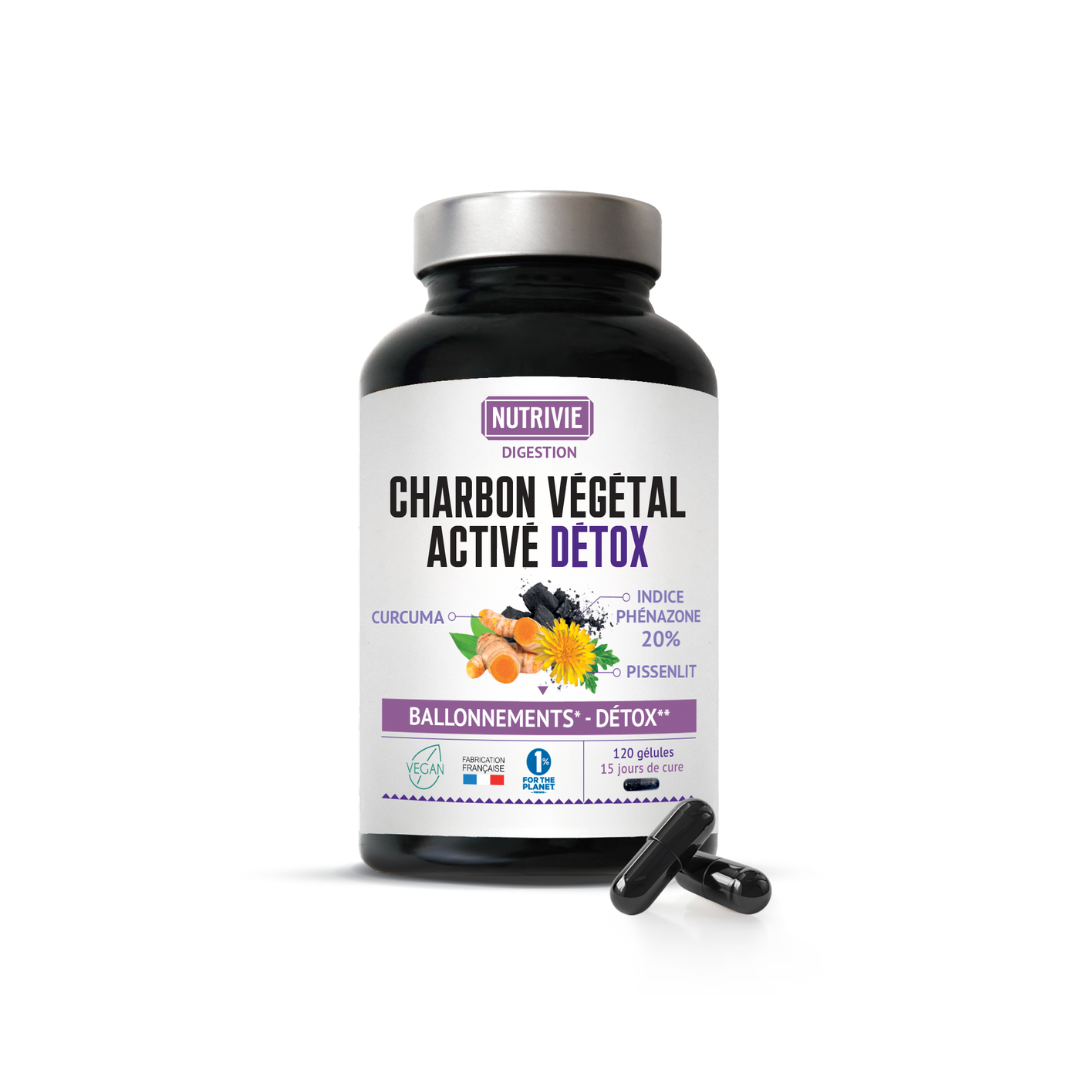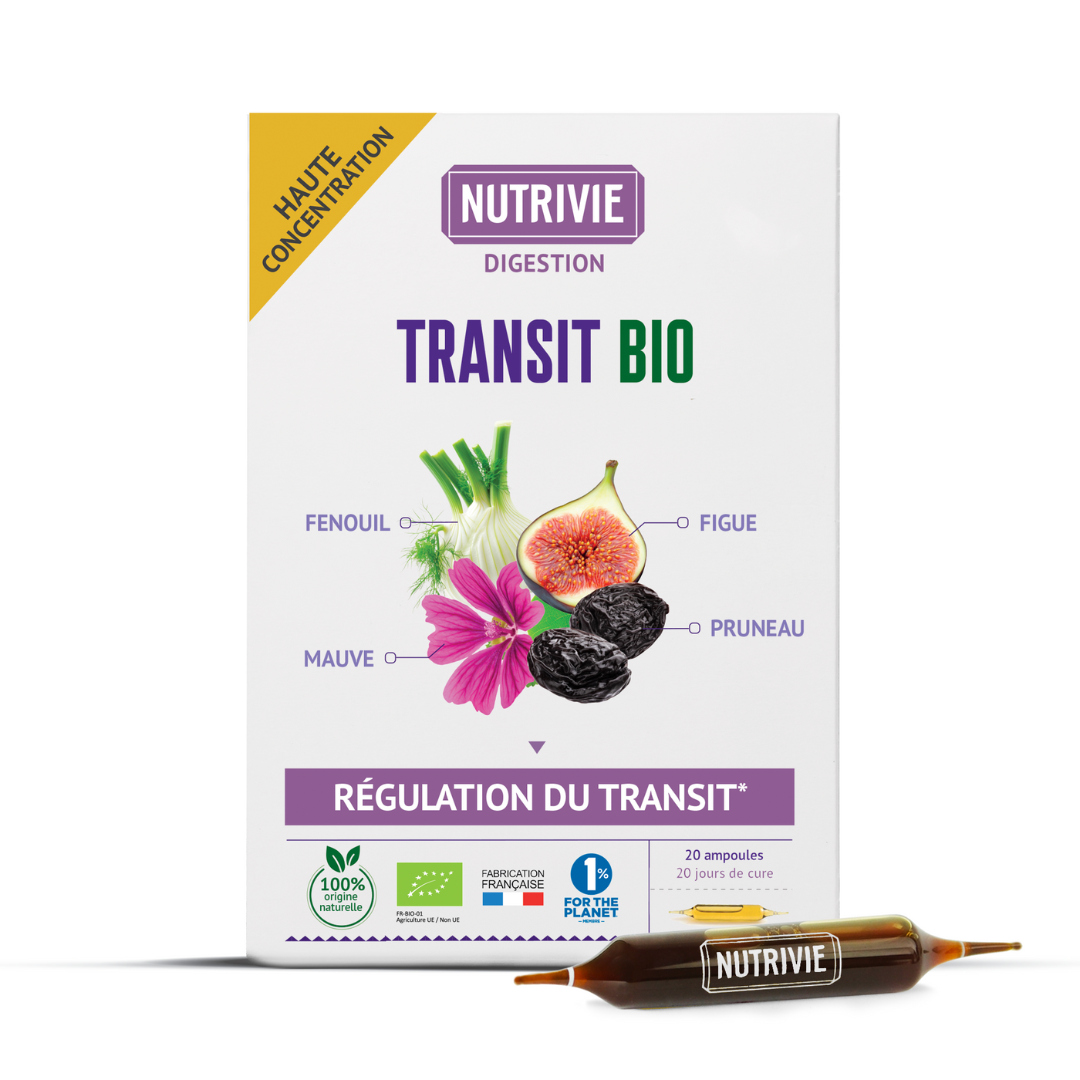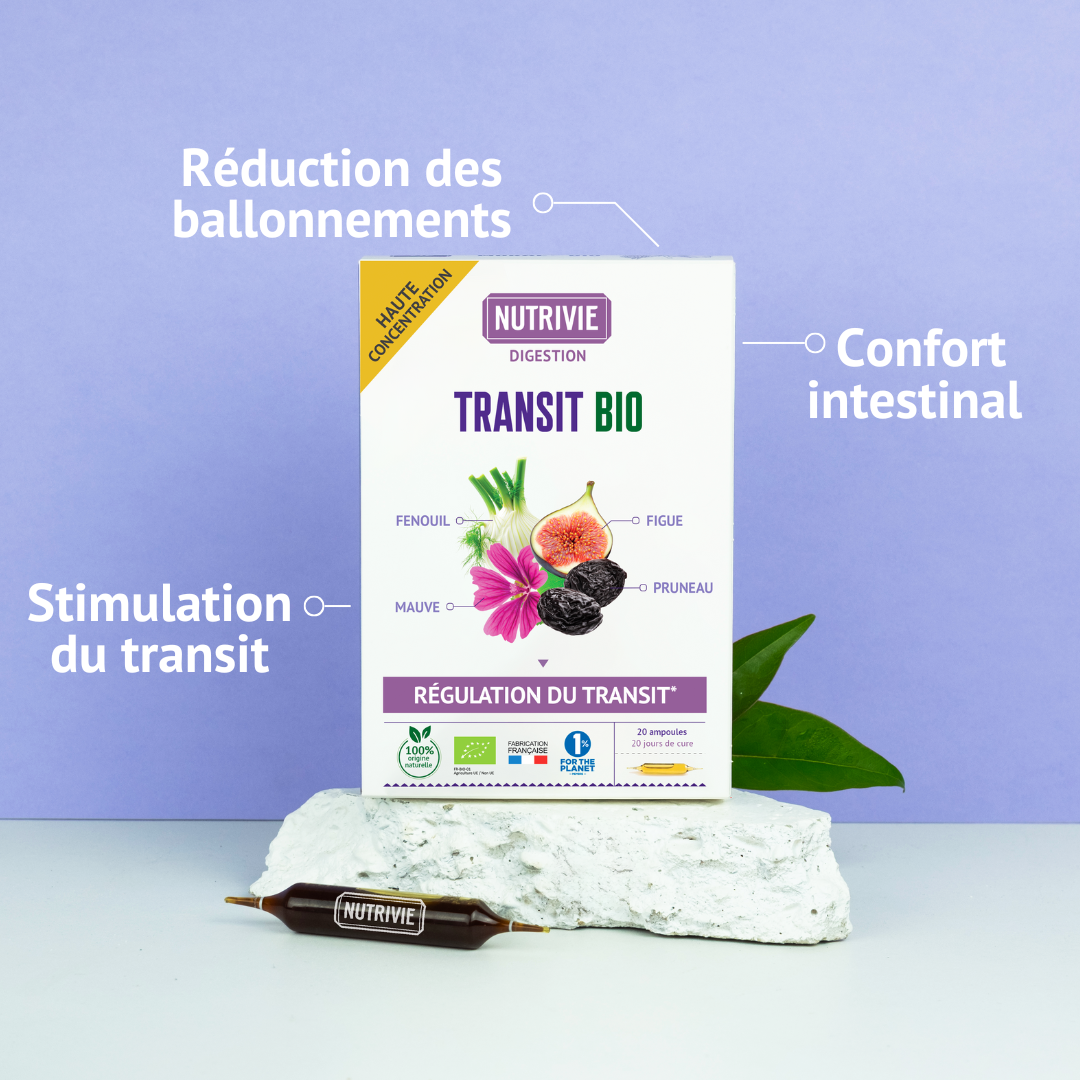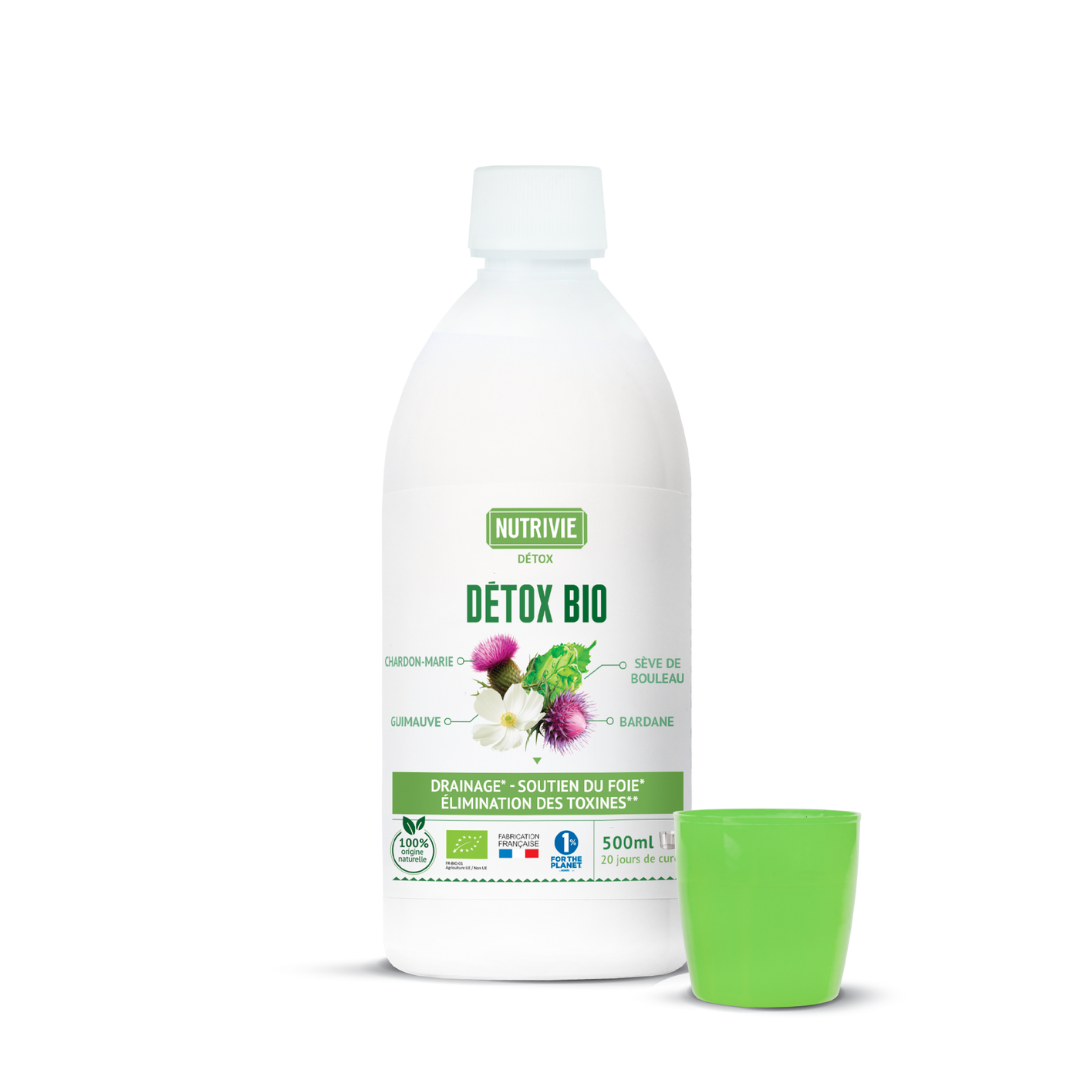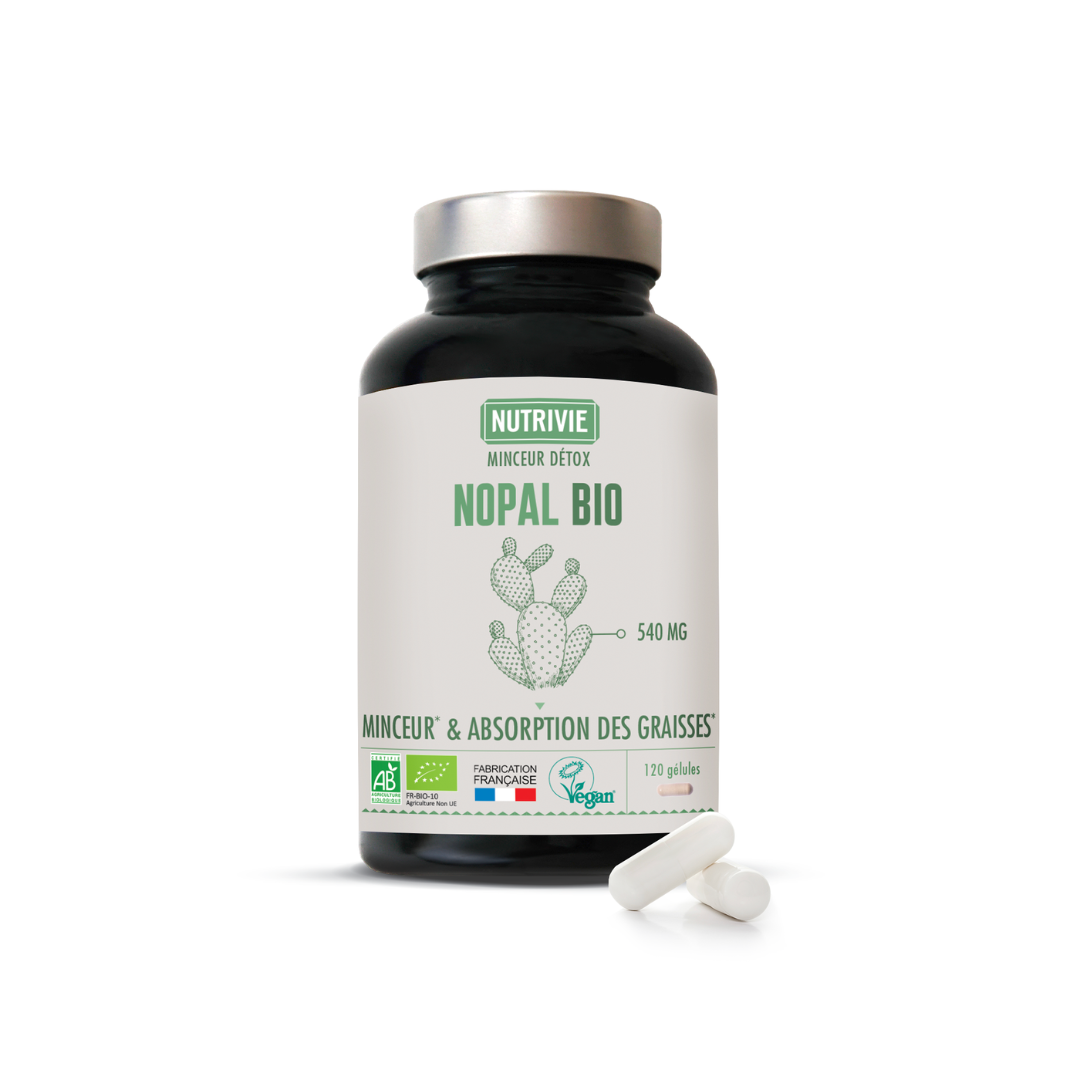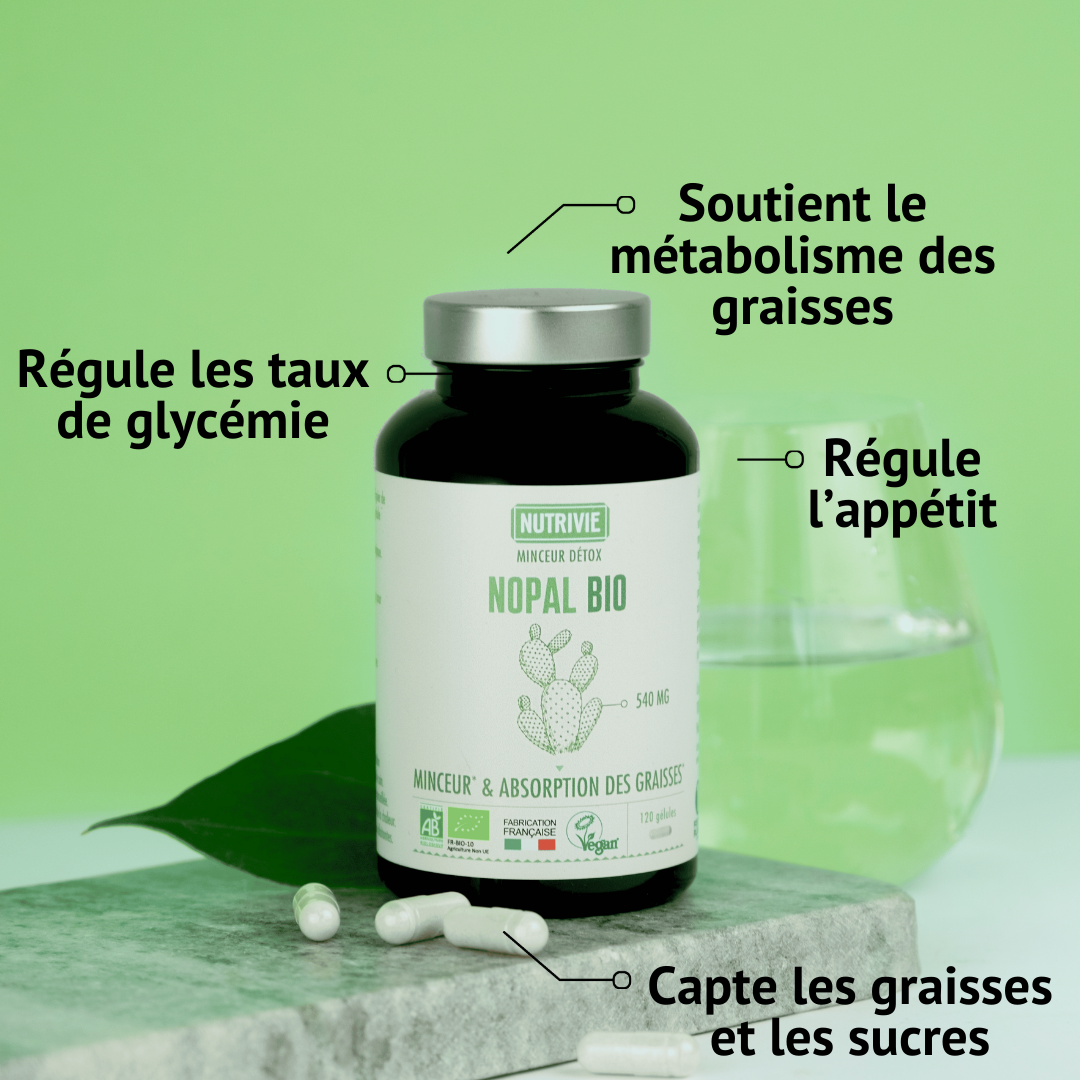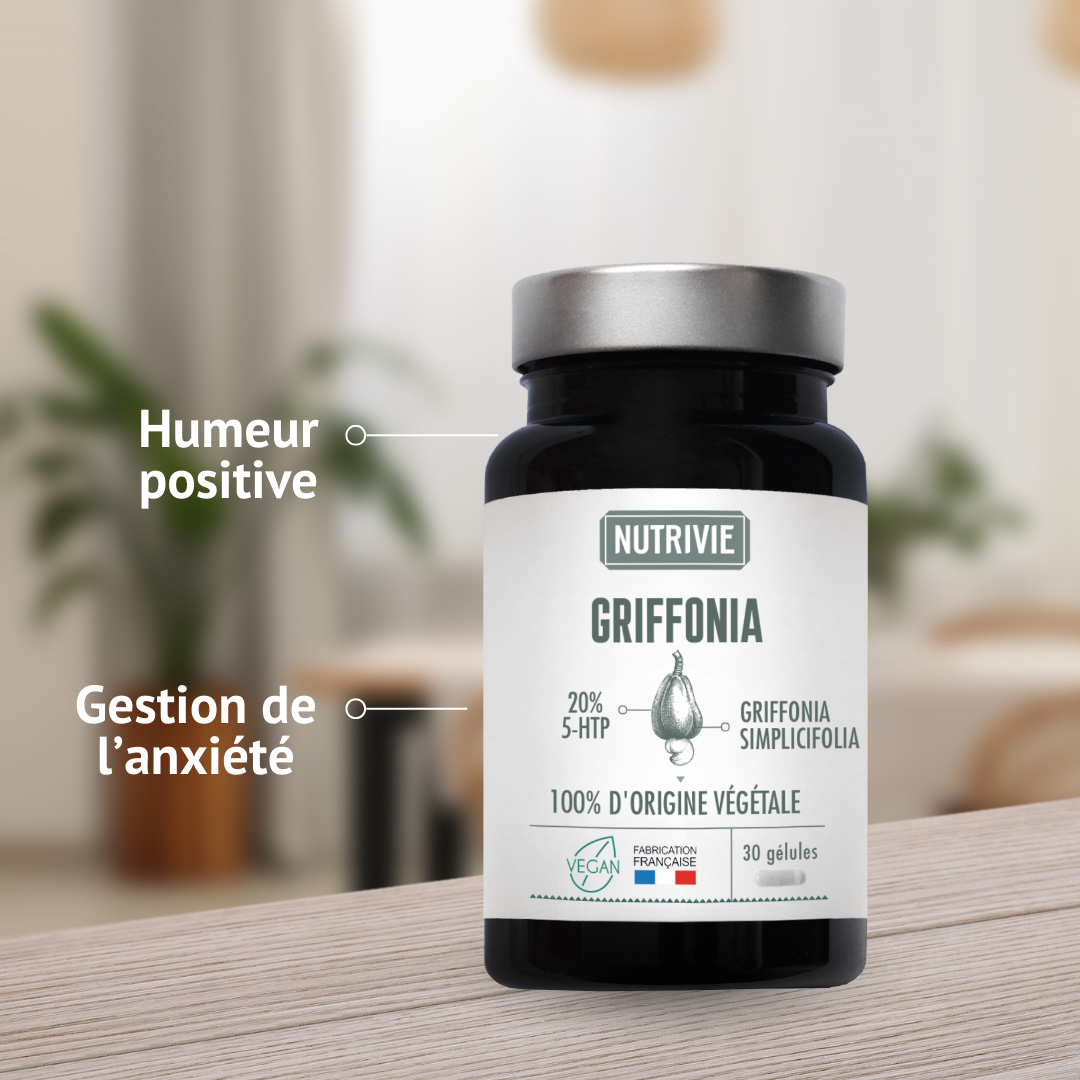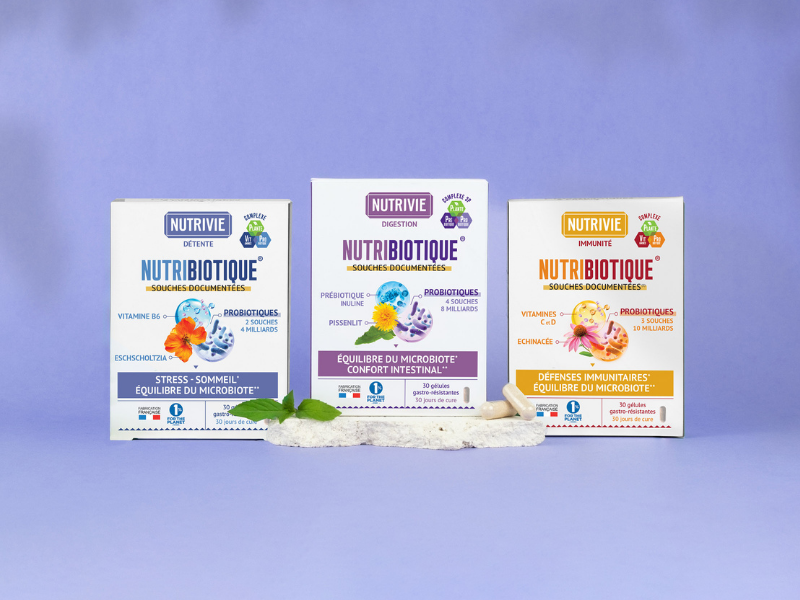Charcoal, vegetable charcoal , activated vegetable charcoal... Behind its various names lies a precious ingredient used since antiquity, which is being rediscovered today for various uses: culinary, cosmetic, or even for digestive comfort.
What is activated charcoal?
Activated charcoal is the result of the two-stage calcination of carbon-rich plant organic matter (wood bark, coconut shells, plant residues, etc.). First, the material is subjected to very high temperatures (between 600°C and 900°C), in the absence of water and oxygen. It is then recalcined at the same temperatures, but in the presence of water vapor, air, or oxidizing gases. This second stage allows its activation, i.e. the formation of numerous pores allowing the absorption of unwanted substances.
Since when has it been used?
Charcoal has been known since the Age of Fire. In the 15th century BC, the Egyptians used it to purify water. In the 18th century, it was used to decolorize certain materials, such as sugar. Activated charcoal continues to be the ingredient used in a large number of filtration systems (domestic and industrial).
What are the benefits?
Activated charcoal is recognized by the European Commission (Regulation (EU) No. 432/2012 of May 16, 2012) as helping to reduce excess flatulence after meals, when following the instructions for use: 1 gram 30 minutes before the meal, and 1 gram just after it (see the recommendations on the product label). It is frequently used as a dietary supplement in cases of bloating and intestinal gas. It can also be combined with active ingredients known for their detoxifying properties, such as dandelion or turmeric. It is also popular in many culinary recipes, appreciated for its original black color and its many virtues. It is also used in various cosmetics, such as purifying face masks or as a natural whitening agent in toothpaste formulas.
How to determine its effectiveness?
Not all charcoal is equal in terms of porosity. There is no recognized analytical method for measuring the adsorption surface area of activated charcoal. However, it is possible to determine its phenazone index. This method, recognized by the European Pharmacopoeia, allows the determination of the efficiency of its adsorption capacity. Thus, a phenazone index of 20% means that 100 mg of charcoal can adsorb 20 mg of gas or impurities. A phenazone level indicated on the product label will help guide consumer choices.
Good to know:
The charcoal used in these situations is not the same as the charcoal used for barbecues. Since the materials were not subjected to the same conditions, they therefore have specific applications. It is important to respect a minimum of 2 hours between taking any other medication. Due to its strong adsorbent power, charcoal could reduce the effects of other ingested products. It is also not recommended for pregnant or breastfeeding women, as well as children.
Products to discover
Nutrivie activated charcoal capsules .






